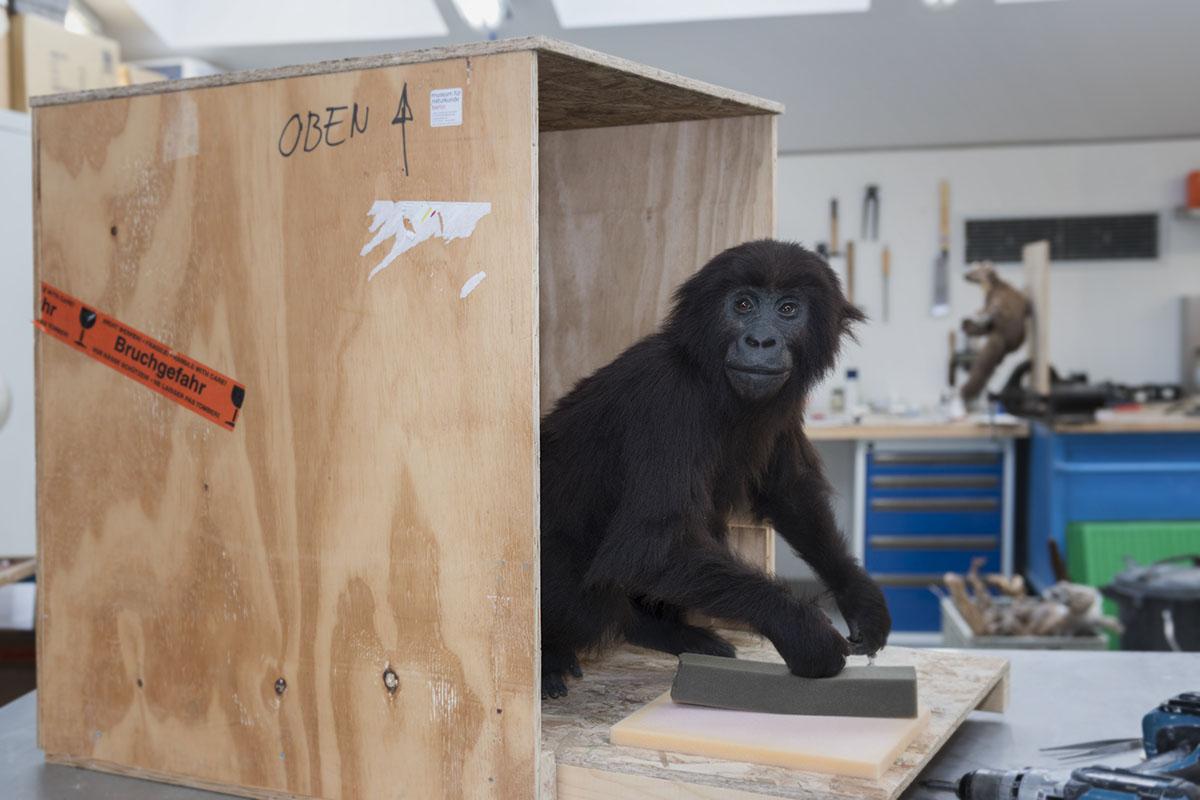The Dutch taxidermist Hermanus Hendrikus ter Meer, who lived and worked in Leipzig from 1907 to 1934, wrote international preparation history with the development of his demoplastic preparation method. He captured exactly the individuality of the animals and implemented this in his dermoplastics, which he thus portrayed as it were and showed social family structures. The preparations of ter Meers seem so close to life, as if the animal had only stopped for a moment. In a dermoplasty, animal bodies are modelled and covered with a tanned skin - a highly scientific and artistic work. A somewhat modified approach to the production of dermoplastics is still used today by the internationally acclaimed taxidermists of the Museum für Naturkunde Berlin and their colleagues. His works are still on display today in numerous large natural history museums around the world.
ter Meer worked from Leipzig and supplied many institutions with his works. In GDR times, the Museum für Naturkunde Berlin developed the idea of showing apes in a separate room. Since there were good cooperations with the University of Leipzig, two primate groups came to Berlin. With the redesign of the exhibition in 2005-2007, the specimens, which were in need of restoration in the meantime, were brought into the archive and the hall was put to a new use in terms of content. We are delighted that we can now help Leipzig to honour the achievements of ter Meers in an exhibition and to consolidate our cooperation with them.
